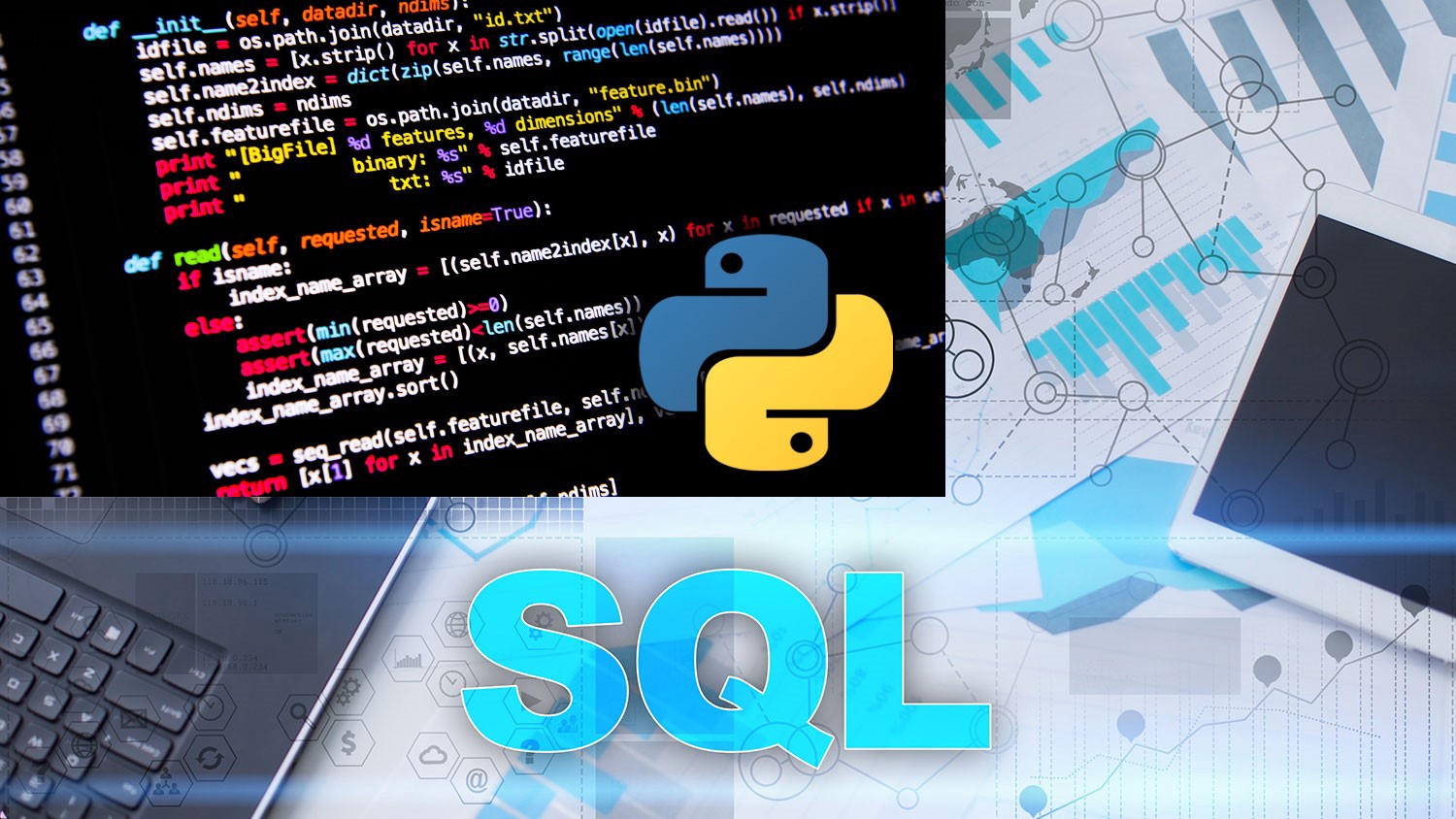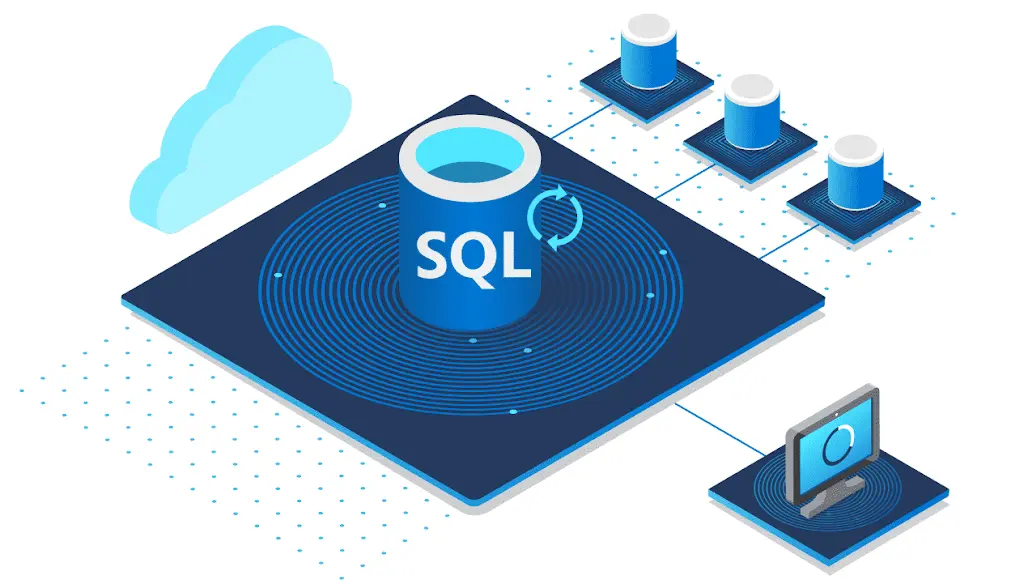Python Environment Setup for Implementation
Python is a good scripting language to boost your productivity on data analysis and BI reporting. As open source language, you can easily get the binary installation file from python official site for windows and source code on vary versions for Linux, in production, it’s better choose installation approach by source code.
We also need to setup python environment after installation so that we can not only use python interpreter to develop but also make it executable by CLI and even some ETL tool such as Microsoft SSIS.
Python environment variable configuration and local folder set up for your file, package and library
If python is installed in system-wise, then you need to create some new folders to store you python file, package and library, e.g. python install path is “D:\Python36", then you need to add python executable interpreter to be a part of the PATH variable. Next create python environment variable PYTHONPATH with the following paths and create empty file __init__.py file in each of these folders:
- create a new folder under D drive “D:\pyLib” and set that directory as value of PYTHONPATH and create __init__.py file in “D:\pyLib”
- you can also create subfolder to assign different permissions for different user group
- create a subfolder “D:\pyLib\AD-group1” and create the __init__.py file in it.
- create a subfolder “D:\pyLib\AD-group2” and create the __init__.py file in it.
For Linux, if you install python3 by source code and directory is /usr/local/python3, then edit ~/.bash_profile file, append the python directory into PATH
1 | # Python3 |
then run source ~/.bash_profile let setting take effect
if your system pre-installed python2 then it’s necessary to make a soft link
1 | ln -s /user/local/python3/bin/python3 /user/bin/python3 |






